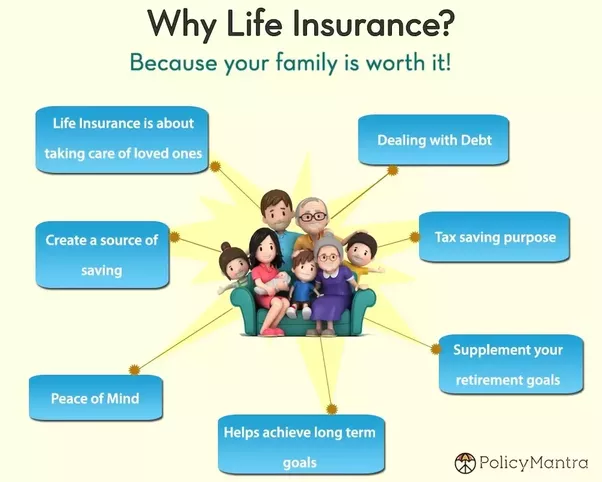The Greatest Guide To Pacific Prime
The Greatest Guide To Pacific Prime
Blog Article
Getting My Pacific Prime To Work
Table of ContentsSome Ideas on Pacific Prime You Should KnowThe 8-Second Trick For Pacific PrimeIndicators on Pacific Prime You Should KnowSome Known Questions About Pacific Prime.Our Pacific Prime Ideas

This is because the data were accumulated for a period of strong financial efficiency. Of the estimated 42 million people that were uninsured, just about concerning 420,000 (about 1 percent) were under 65 years of age, the age at which most Americans come to be eligible for Medicare; 32 million were adults between ages 18 and 65, around 19 percent of all adults in this age; and 10 million were kids under 18 years old, about 13.9 percent of all kids (Mills, 2000).
These price quotes of the number of persons uninsured are created from the annual March Supplement to the Current Population Study (CPS), performed by the Demographics Bureau. Unless or else noted, national quotes of individuals without medical insurance and proportions of the population with different type of insurance coverage are based upon the CPS, one of the most extensively used source of estimates of insurance coverage and uninsurance rates.
Pacific Prime for Beginners

Still, the CPS is particularly helpful because it produces yearly quotes fairly rapidly, reporting the previous year's insurance protection estimates each September, and because it is the basis for a regular collection of quotes for greater than two decades, permitting analysis of fads in insurance coverage gradually. For these reasons, as well as the considerable usage of the CPS in other researches of insurance policy coverage that exist in this report, we depend on CPS quotes, with restrictions kept in mind.

The price quote of the number of without insurance people broadens when a population's insurance policy condition is tracked for numerous years. Over a three-year period starting early in 1993, 72 million people, 29 percent of the united state populace, were without insurance coverage for at the very least one month. Within a single year (1994 ), 53 million individuals experienced a minimum of a month without coverage (Bennefield, 1998a)
6 out of every ten without insurance adults are themselves employed. Although functioning does improve the chance that a person and one's family participants will have insurance policy, it is not an assurance. Also members of family members with two permanent breadwinner have virtually a one-in-ten chance of being without insurance (9.1 percent uninsured price) (Hoffman and Pohl, 2000).
The Pacific Prime PDFs
New immigrants represent a significant proportion of people without health and wellness insurance policy. One analysis has associated a substantial portion of the recent growth in the size of the united state without insurance populace to immigrants that got here in the country between 1994 and 1998 (Camarota and Edwards, 2000). Recent immigrants (those who pertained to the USA within the previous 4 years) do have a high price of being without insurance (46 percent), yet they and their youngsters make up just 6 percent of those without insurance nationally (Holahan et al., 2001).
The connection between health and wellness insurance coverage and accessibility to care is well developed, as documented later in this chapter. Although the connection in between wellness insurance policy and wellness end results is neither straight neither simple, a comprehensive medical and health and wellness services research literature web links wellness insurance protection to better accessibility to care, much better high quality, and enhanced personal and populace wellness standing.
Levels of evaluation for analyzing the effects of uninsurance. This conversation of health and wellness insurance policy coverage concentrates mostly on the U.S. populace under age 65 since virtually all Americans 65 and older have Medicare or various other public coverage. It concentrates specifically on those without any kind of health insurance policy for any size of time.
The 7-Minute Rule for Pacific Prime
The troubles encountered by the underinsured are in some aspects similar to those encountered by the without insurance, although they are typically less severe. Health and wellness insurance, nonetheless, is neither needed nor enough to get access to clinical services. The independent and direct impact of health insurance policy protection on access to wellness services is well developed.
Others will get the health and wellness care they require even without medical insurance, by spending for it out of pocket or seeking it from companies who supply care free or at extremely subsidized rates. For still others, medical insurance alone does not make sure receipt of care due to the fact that of other nonfinancial obstacles, such as a lack of health and wellness care suppliers in their community, restricted accessibility to transportation, illiteracy, or etymological and cultural differences.
Top Guidelines Of Pacific Prime
Formal research regarding uninsured populaces in the USA more information dates to the late 1920s and early 1930s when the Committee on the Price of Medical Treatment generated a series of records concerning financing physician office check outs and hospitalizations. This issue ended up being significant as the varieties of clinically indigent climbed up throughout the Great Depression.
Report this page